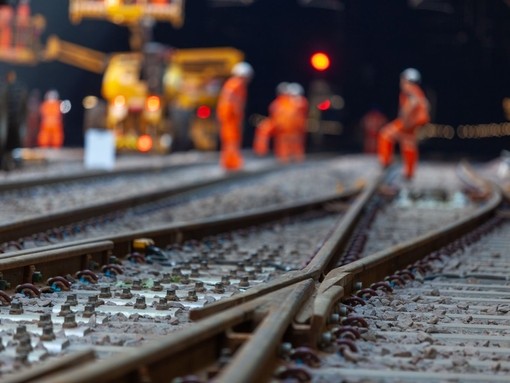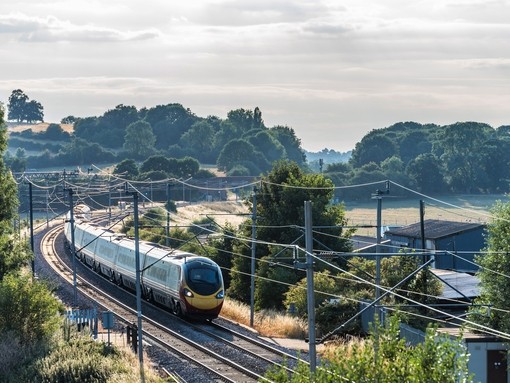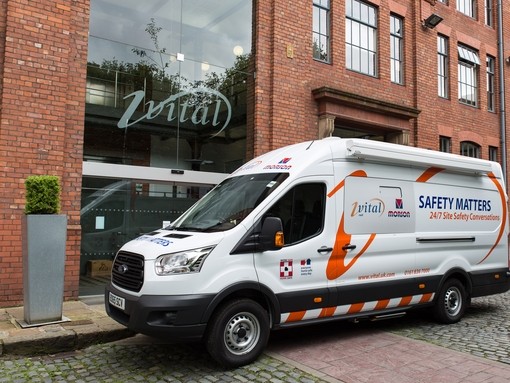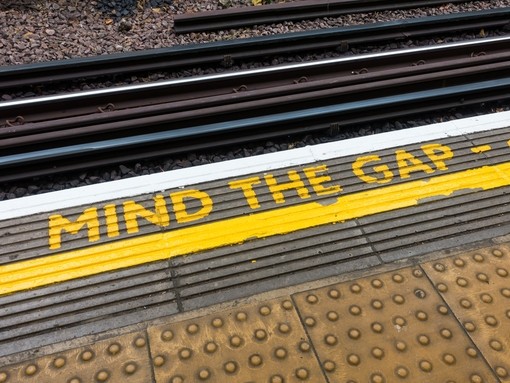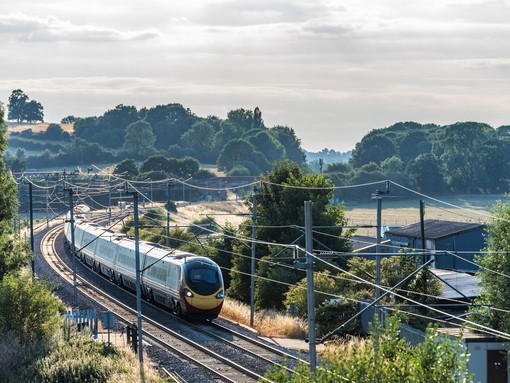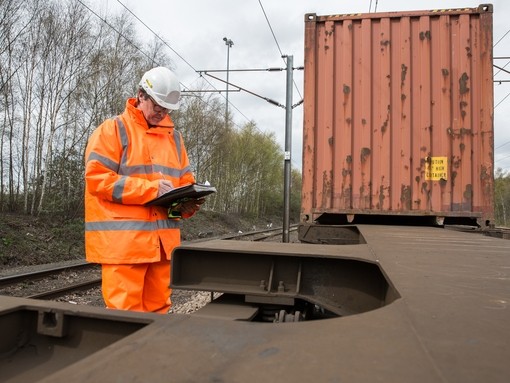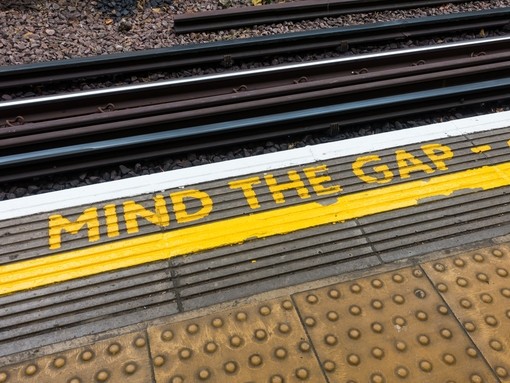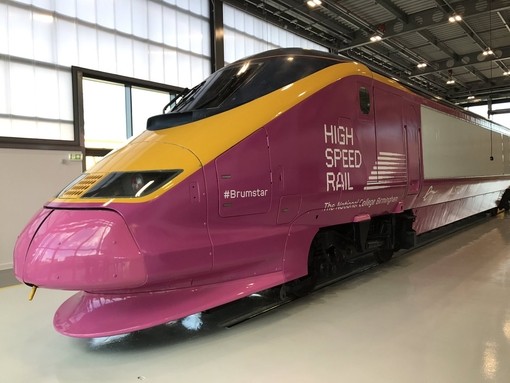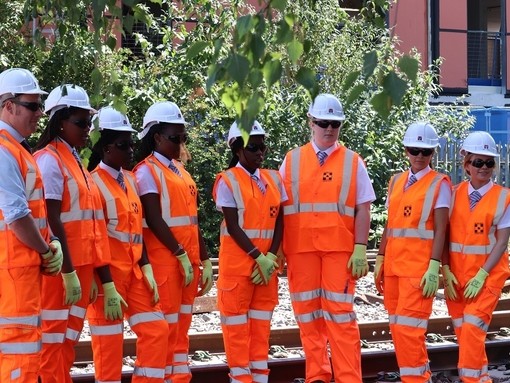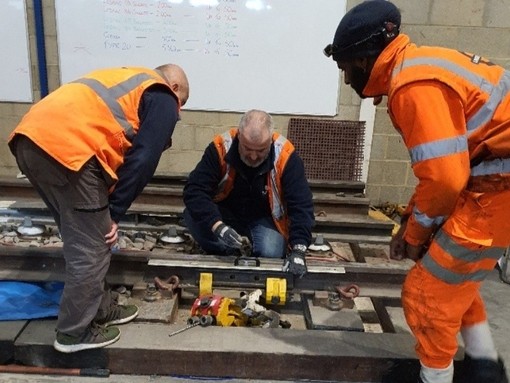
Digitalisation in rail: the challenges, considerations and opportunities
The UK rail industry is undergoing a significant transformation through digitalisation, a process that aims to modernise and optimise operations, improve passenger experience, and increase efficiency across the network.

Faced with rising passenger numbers, aging infrastructure, and the need for sustainable solutions, the sector is leveraging digital technology to address these challenges and prepare for the future. From real-time data systems to predictive maintenance and automation, digitalisation is set to revolutionise rail transport in the UK.
Digitalisation brings numerous benefits, including increased capacity, improved reliability, enhanced safety, and reduced environmental impact. By optimising the use of existing infrastructure, digital technologies can help avoid the need for costly and disruptive physical expansions.
The push for digitalisation in the UK rail industry
In recent years, the UK government and industry stakeholders have recognised the need for a digitally enabled rail network. Initiatives like the Digital Railway program, spearheaded by Network Rail, emphasize the role of digital solutions in enhancing capacity, reliability, and safety. This program and others like it aim to tackle issues such as overcrowding, delays, and service inefficiencies, which affect millions of passengers daily.
One of the primary drivers behind digitalisation in rail is the need to accommodate growing demand. According to forecasts, the UK’s population and urbanisation will continue to increase, requiring the rail network to handle more passengers and freight. At the same time, environmental concerns are pressuring the rail industry to reduce carbon emissions and improve energy efficiency. Digital technologies offer a way to address these issues, helping to modernise infrastructure and make rail an attractive, eco-friendly option for future transportation needs.
Key areas of digital transformation
Traffic management and signalling
Traditional rail signalling and traffic management systems rely heavily on physical infrastructure, which can be costly and inflexible. Through digitalisation, the UK rail industry is shifting towards advanced, computerised systems that enhance train scheduling, optimise capacity, and improve safety.
For example, the European Train Control System (ETCS) is being gradually introduced across parts of the network, enabling real-time monitoring and control of train movements. This system uses onboard and trackside equipment to keep trains at safe distances and manage speeds, reducing delays and boosting the overall capacity of the network.
Maintenance and asset management
Another area where digitalisation is having a significant impact is in maintenance and asset management. Traditionally, rail operators have relied on scheduled maintenance, which can lead to over-servicing or unexpected breakdowns. With predictive maintenance, sensors installed on trains and infrastructure continuously monitor performance and detect early signs of wear and tear. By analysing this data, operators can predict when a component is likely to fail, allowing them to perform maintenance before an issue arises. This approach reduces costs, minimises service interruptions, and extends the lifespan of assets.
Real-time passenger information
Enhancing the passenger experience is a key goal of digitalisation, and one way to achieve this is through improved information systems. Real-time data on train schedules, platform changes, and service disruptions can now be accessed through mobile apps, station displays, and social media. This information helps passengers make informed decisions, reducing stress and frustration associated with travel.
Automation and artificial intelligence (AI)
Automation and AI are playing an increasing role in UK rail, from ticketing to operational control. AI algorithms can analyse vast amounts of data to predict peak travel times, optimise timetables, and even forecast the impact of weather on train operations. Additionally, the prospect of semi-autonomous or driverless trains, already in use on some lines in London, is being explored as a way to improve efficiency and reduce human error. While fully automated trains on mainline rail are still in the future, these technologies represent a promising avenue for growth.

The Challenges
Practical concerns
Digitalisation is not without challenges. The transition to digital systems requires significant investment, both financially and in terms of time. Upgrading legacy infrastructure and integrating new technologies with existing systems are just some of the complex tasks that require careful planning and execution.
Increased digitalisation also brings increased risks, not least in terms of cybersecurity. It’s a topic that has had a lot of discussion over recent times, with Northern organising an industry conference in London on the topic, bringing together some 100 rail industry professionals to discuss cyber resilience. Ensuring that the network is protected from attack is crucial for passenger safety.
The skills challenge
Additionally, there is the challenge of ensuring that the workforce is equipped with the skills needed to operate and maintain digital systems. With the industry occasionally slow to adapt and embrace new ways of working, making sure digitalisation is done with the workforces’ needs in mind is crucial, ensuring cultural and technology-based aversion barriers are overcome.
Part of this will come from upskilling and training existing workers. The National Skills Academy for Rail estimates that “80 percent of the industry will require training over the next two decades. 200,000 workers will need new digital skills by 2030 – 110,000 needing upskilling, 80,000 needing reskilling and 10,000 new apprenticeships will need to be created and resourced.”
But attracting people skilled in non-traditional rail technical disciplines such as data analytics and cybersecurity is also essential.
With tech skills already spread thin, rail organisations must make sure they’re recognised as forward thinking employers of choice, that are investing in the long-term development of digitally competent people.
Network Rail’s Digital Railway Strategy sets out key points in its agenda to address these concerns:
Skills and capabilities: to continually analyse and assess the skills and capability levels of the rail workforce. Includes forecasting and anticipating skills gaps and areas of risk to enable recruitment, retention and development of people to deliver the mobility and flexibility that the industry will require;
Training and development: to work together with customers, trade unions, industry and the supply chain, to form a common industry training capability based on business needs and training analysis, design and delivery;
Attraction: to prepare the industry for Digital Railway by defining the skills and attributes for the future workforce, to attract and retain a diverse workforce as is required, that is based on the “right people, right skills, right time
Improving pathways into the rail sector from the earliest ages is also crucial. Programmes like Primary Engineer aim to encourage enthusiasm for engineering among young school students, sparking interest in STEM subjects from an early age, and one element focuses specifically on the rail industry.
Rail digitalisation job opportunities
The digitalisation of railways in the UK is creating a wide range of job opportunities. Key areas of demand include data analysis, software engineering, systems integration, and project management.
Data analysts and data scientists play a crucial role in analysing vast amounts of data generated by railway operations to optimise schedules, predict maintenance needs, and enhance overall service. Software engineers and developers are essential for building and maintaining the digital systems that underpin these rail innovations, including train control software, ticketing systems, and mobile applications.
Cybersecurity experts are increasingly needed to protect the complex, interconnected railway networks from potential threats. With the shift to automated systems, cybersecurity has become a top priority to safeguard data integrity and passenger safety.
Specialists in Internet of Things (IoT) and artificial intelligence (AI) are also in demand, particularly for implementing predictive maintenance systems. This technology allows operators to address potential issues before they impact service, improving reliability and reducing costs.
Additionally, project managers and change management professionals oversee the transition to digital processes, coordinating among engineers, data scientists, and railway personnel. As the UK railway system continues to digitalise, these roles will grow, offering long-term career prospects within a dynamic industry.
Although there are challenges to overcome, the benefits of a digitalised railway system are clear, positioning the UK as a leader in the future of rail transportation. This transition will not only enhance the efficiency and sustainability of rail travel but also contribute to a more connected, innovative, and resilient transportation infrastructure across the nation.
Working in partnership with an array of premier rail organisations, with an unrivalled knowledge of the sector, we place highly experienced rail talent into the most exciting railway jobs in the industry. Find out more here
Thinking about a career in rail? Find out how you can get started in this fast-growing industry here





